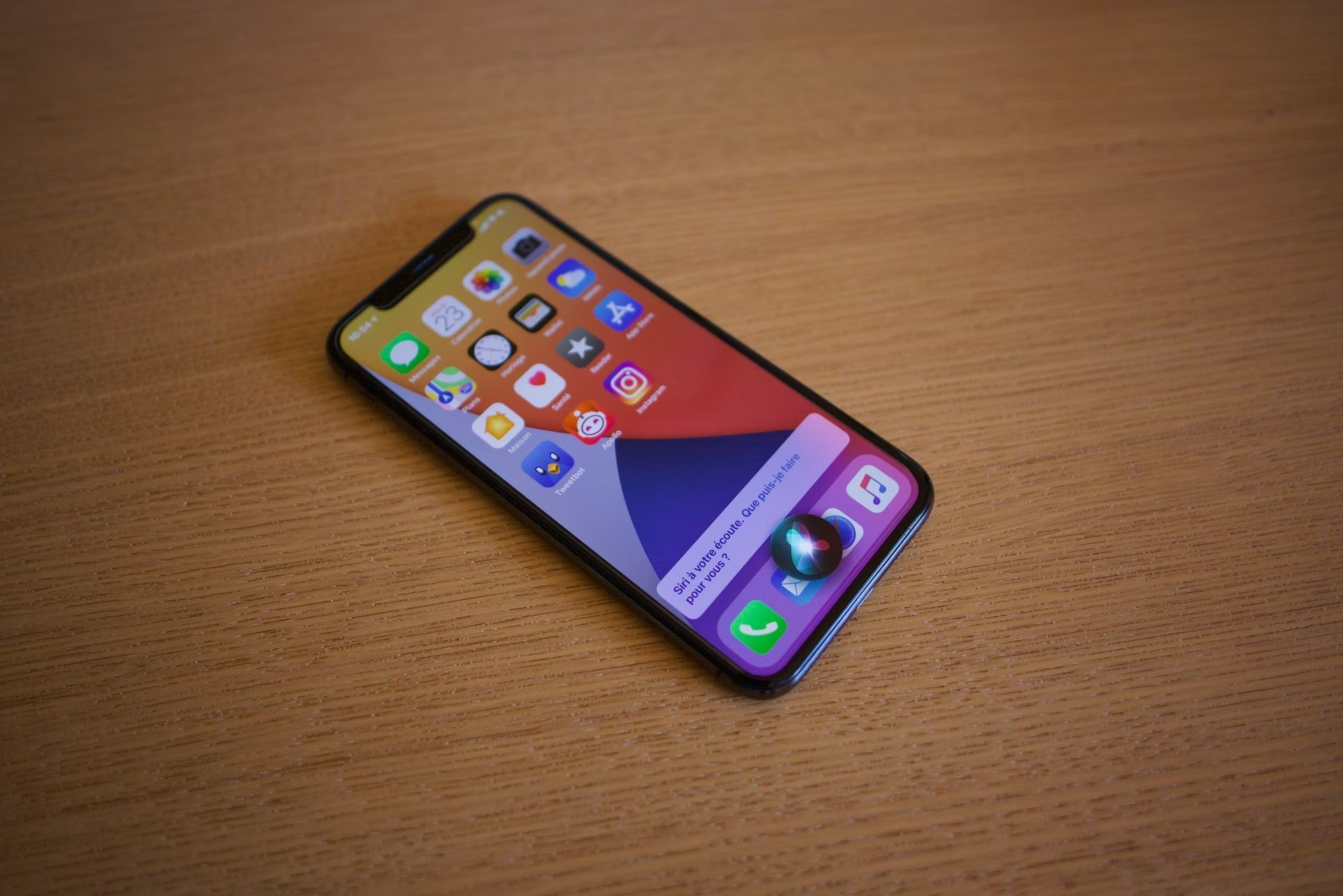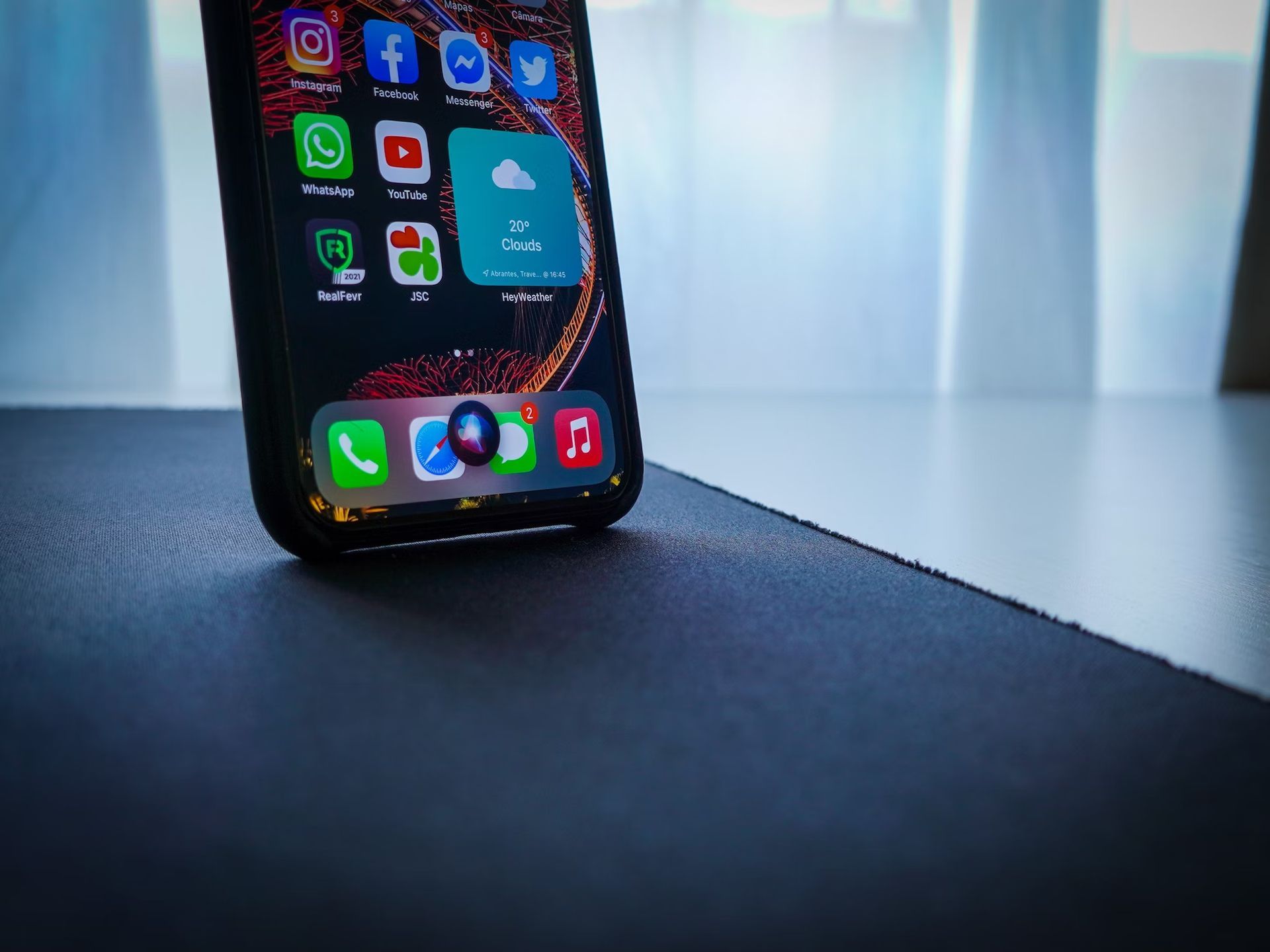Voice-activated assistants have gone from a novel feature to an essential part of our daily lives. Among the leading names in this domain is Siri, Apple’s proprietary voice assistant. This guide delves into how you can make the most of Siri’s advanced AI features, from the basics to customization and even what the future holds.
What is Siri?
Siri is Apple’s voice-activated personal assistant, integrated into all iOS devices and some other Apple products. Designed to simplify tasks and provide information through natural language commands, Siri is powered by advanced machine learning and artificial intelligence technologies.
Hey Siri not working now but you can fix it easily
Who can use Siri?
Siri is accessible to anyone with a compatible Apple device, including iPhones, iPads, Apple Watches, Macs, and Apple TVs. The voice assistant is especially beneficial for those who need hands-free control, are visually impaired, or simply want to streamline their digital tasks.
How to use Siri’s AI features effectively
Activating Siri is straightforward. You can do so by saying “Hey Siri,” pressing down the side button on an iPhone or iPad, or clicking the Siri icon on a Mac. Once activated, you can ask questions, set reminders, send texts, and much more—all through natural language. The true power of Siri, however, lies in its advanced features, which we’ll cover in detail in this guide.

Training Siri for personalized interactions
One of the key aspects of making the most out of Siri’s AI features is customizing the experience to fit your unique needs and preferences. The following subsections will guide you through methods for training Siri to better understand your voice, correct its pronunciation errors, and facilitate more natural conversations.
How to train siri for better understanding
If Siri often misinterprets what you say, you can retrain it to better recognize your voice. To do this, navigate to your device’s Settings and go to Siri & Search > Listen for “Hey Siri.” Turn the feature off and back on again. You’ll be prompted to repeat several phrases. Complete this voice training, and Siri should now have a better understanding of your vocal patterns and accents.
Correcting Siri’s mispronunciations
Does Siri routinely butcher the names of your contacts? Depending on the version of your operating system, there are ways to correct this. When Siri errs in pronunciation, simply respond with “Hey Siri, learn how to pronounce [name of person].” Siri will confirm and offer multiple pronunciation options. Select the correct one. Alternatively, if verbal corrections aren’t available, you can go into the Contacts app, edit the contact’s details, and add a phonetic spelling of the name.
Making Siri more conversational
A more recent improvement to Siri allows for smoother conversational flow. For example, after asking Siri about the operating hours of a museum, you can immediately follow up with a request for directions without having to specify your destination again. Siri retains the context of your previous inquiry, making for a more seamless and natural conversation.

Using Siri for everyday tasks
Siri can be your go-to assistant for a wide array of day-to-day activities, from messaging to sharing content and more. The key is knowing how to set up and customize Siri’s responses to better suit your needs. Here’s a deep dive into optimizing Siri for these tasks.
Customizing Siri responses
Do you want Siri to always verbally respond, or would you prefer it to speak only when prompted? Navigate to Settings > Siri & Search > Siri Responses to customize how Siri communicates with you. Options include “Always,” “When Silent Mode is Off,” and “Only with ‘Hey Siri.'”
Share content Through Siri
If you want to share a photo, a news article, or even a podcast episode, Siri makes it easy. Simply bring up the content on your device and say, “Hey Siri, share this with [contact’s name].” This works seamlessly across many of Apple’s native apps like Maps, Music, and Safari.
Siri’s improved text messaging
Interacting with your contacts has never been easier. Say you’re looking at a contact in your Messages app; you can prompt Siri to text them by saying, “Hey Siri, text them that I’m making dinner tonight.” Siri will send your message to the contact you’re viewing, streamlining the messaging process.
Advanced Siri conversations
Siri has gotten better at maintaining the context of conversations. For instance, you could inquire about the weather in Paris and then immediately ask, “How do I get there?” Siri understands that “there” refers to Paris. This makes for more fluid, less repetitive conversations.

Advanced Siri features
Siri comes packed with an array of advanced features that take it beyond basic tasks and into the realm of a fully personalized assistant. Below we discuss some of these specialized features.
Announcing calls and notifications
Wouldn’t it be great if Siri could announce who’s calling before you reach for your phone? Well, it can. Head over to Settings > Siri & Search > Announce Calls to adjust when and how Siri announces incoming calls. You can also enable Siri to announce notifications when you’re using compatible headphones. This can be done under Settings > Siri & Search > Announce Notifications.
Language and voice customization
Whether you’re a polyglot or simply prefer hearing Siri in another tongue, you can switch languages under Settings > Siri & Search > Language. From there, you can select from various languages and dialects. You also have the option to change Siri’s voice, allowing for a more personalized experience.
Siri’s on-device capabilities
Unlike some of its competitors that rely on cloud-based computing, Siri operates directly from your device. This feature aligns with Apple’s commitment to user privacy and allows for quicker response times. However, it does pose challenges in integrating larger language models. With advancements in AI, it’s possible Apple may soon overcome these limitations.

Siri and third-party apps
In today’s interconnected digital landscape, having a voice assistant that can interact with a wide range of apps is indispensable. Siri does just that by offering compatibility with third-party apps. From messaging apps to streaming services, here’s how you can take full advantage of this feature.
Compatibility and setting up
While Siri integrates smoothly with Apple’s own applications, it also plays well with third-party apps. To see which of your apps are compatible, go to Settings > Siri & Search and browse through the list of apps. Here, you can turn on or off Siri’s interaction with each app, tailoring your voice-assistant experience according to your needs.
Sample commands in popular apps
The real fun begins when you start using Siri to command third-party apps. For example:
- “Hey Siri, find ‘The Marvelous Mrs. Maisel’ in the Prime Video app.”
- “Hey Siri, play my workout playlist on Spotify.”
- “Hey Siri, navigate to the nearest gas station in Waze.”
The variety of commands is vast, and it opens up a multitude of convenient ways to interact with your favorite apps.

Privacy and Siri
As voice assistants become more integrated into our daily lives, the concern for privacy grows proportionally. Siri, as part of Apple’s ecosystem, is designed with several features that aim to protect your privacy while providing personalized service.
How to delete Siri history?
Your interactions with Siri are stored temporarily to improve the service. However, you have the option to erase this data whenever you wish. To do so:
- Navigate to Settings > Siri & Search > Siri & Dictation History.
- Tap “Delete Siri & Dictation History.”
- Confirm your action, and your interaction history will be erased from Apple’s servers.
On-device processing vs. cloud-based
Apple’s focus on on-device processing showcases its commitment to user privacy. Unlike some competitors who rely on cloud-based processing, Apple tries to handle as much data as possible directly on your device. This approach minimizes the risk of data leakage but comes with its own set of challenges, particularly regarding the size and complexity of language models like Siri.
For instance, Apple’s large language models, including its advanced language model Ajax GPT, are too big to fit comfortably on most iPhones. However, strides are being made in the field to reduce the size of these models without compromising their effectiveness.

Apple’s future plans for Siri
As AI technology evolves, Apple is positioning Siri to be at the forefront of this revolution. From its increased budget in AI research to special teams focusing on large-language models, Apple is making concerted efforts to ensure that Siri evolves beyond a mere voice-activated tool.
The foundational models team and their work
Apple has put together a highly specialized team known as the Foundational Models Team, led by Ruoming Pang. This team, despite being small in number, has made advancements in AI that rival even OpenAI’s efforts. They’re focusing on developing large-language models that could significantly improve Siri’s conversational abilities.
Integrating large-language models into Siri
Apple has been actively working on integrating large language models like Ajax GPT into Siri. These models have the capability to make Siri more conversational and able to handle complex tasks via natural language commands. This move aligns Siri more closely with advancements in Google’s voice assistant, setting the stage for intensified competition in the smart assistant market.
The challenge of fitting advanced AI on the device
One of Apple’s core tenets is user privacy, and this extends to its approach with Siri. Unlike competitors who mainly use cloud-based models, Apple aims for on-device processing to better protect user data. The trade-off here is fitting these complex models onto an iPhone, given their large size. It’s a challenge that Apple is currently addressing, possibly by opting for smaller but still effective language models for on-device applications.

Final words
Mastering how to use Siri can dramatically enhance your daily life and productivity. Whether you’re a busy professional needing help with scheduling or someone looking to streamline household tasks, Siri offers a multitude of features tailored for efficiency.
The assistant not only performs basic functions but also learns to understand you better over time, offering a highly personalized experience. With Apple investing in advanced AI capabilities, Siri’s functionality is poised for significant improvements. So, spending some time to understand how to use Siri effectively is not just a tech-savvy move, but a forward-thinking one as well.
Featured image credit: Ivan Bandura/Unsplash





